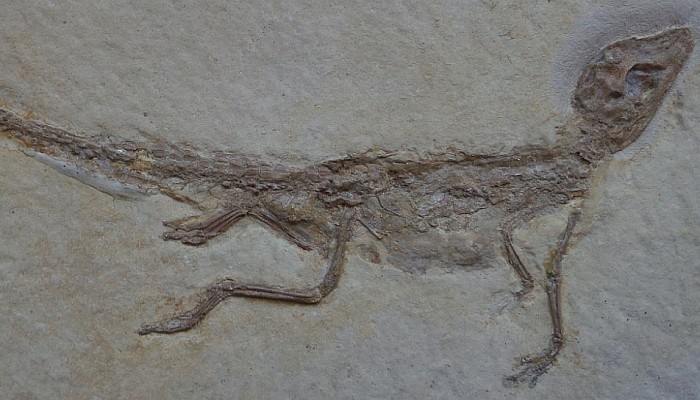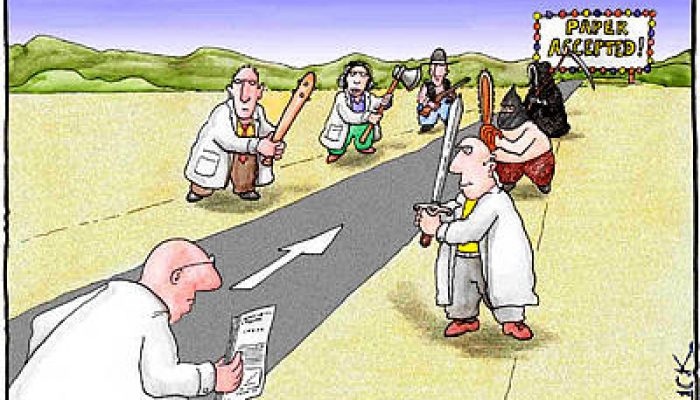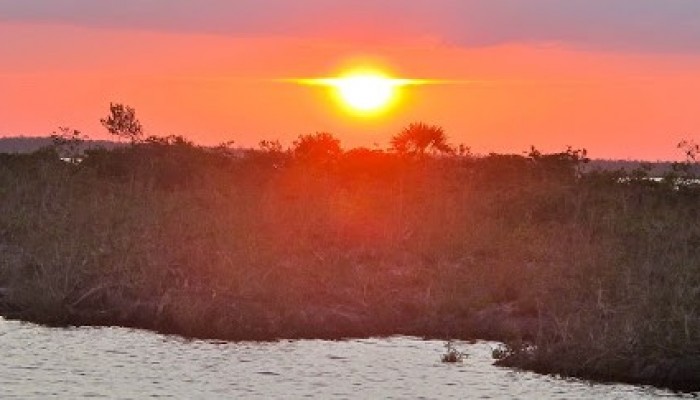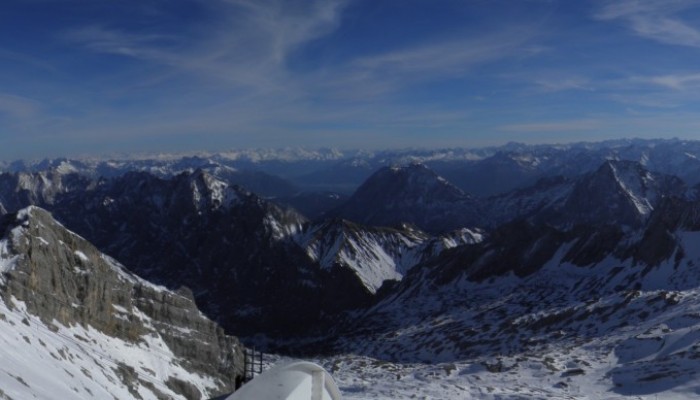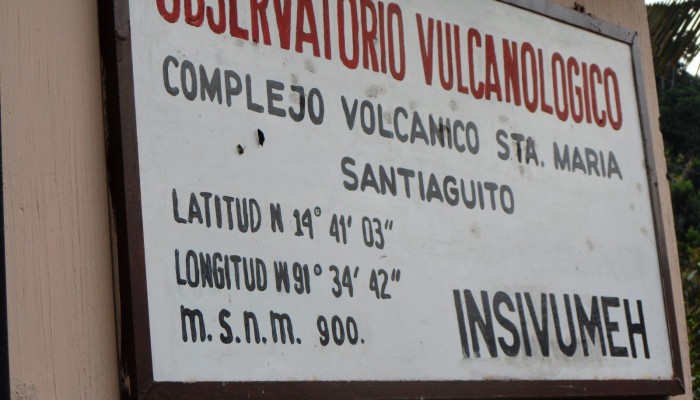Firstly, happy New Year from all those at BaR! The start of January always seems to herald a surfeit of navel-gazing blog posts. Therefore, I thought I would attempt to broaden my horizons and consider whether, with only five years to go to meet the 20-20-20 EU climate targets, will 2015 be the greenest year yet?
Green Tea and Velociraptors
Twitter logos for conference talks
Recently, there was a pretty massive discussion about the practice of live-tweeting at conference talk hosted on this blog. While the discussion is by no means over, or particularly conclusive, one idea to emerge was having an icon of some sort on slides during talks to indicate whether or not they could be live-tweeted. Sarah Werning has been kind enough to create and share some logos following t ...[Read More]
Green Tea and Velociraptors
Dwarf crocodiles are the cutest, even if they’ve been dead for 150 million years..
Europe 150 million years ago must have been a brilliant place to go on holiday. Tropical islands, warm lagoons to bathe, a warm climate, and nine metre long crocodiles noshing on anything that couldn’t swim fast enough. Ok, so maybe not that great for humans, but if you were an ancient archosaur, living alongside dinosaurs and other now extinct animals, life must have been pretty sweet. Thes ...[Read More]
Between a Rock and a Hard Place
Christmas cracker jokes 2014
Sorcha Q:Why didn’t the geologist want his Christmas dinner? A: He lost his apatite. Elspeth Q: Who did Santa bring along to perform at the Earth Sciences Christmas party? A: Elf-is Presley! Charly Q: What is Father Christmas’s favourite element? A: Holmium (Ho Ho Ho!) KT Q: What happened to Rudolph when he accidentally ate clay? A: He got illite. James Q: Why are advent calendars like ...[Read More]
Between a Rock and a Hard Place
Science Snap (#35): Twinning
Twinning is a phenomenon in mineralogy whereby a single crystal of a mineral has two or more parts in which the crystal lattice is differently orientated. The shared surface between two twins is called the composition or twin plane, and the orientation to either other is determined by symmetry through rotation or reflection; this relationship is described by a twin law.
Geology for Global Development
#EGU15 – Some Sessions of Interest (2) – Natural Hazards and Society
We’re expecting a strong GfGD presence again at the European Geosciences Union General Assembly in 2015 and look forward to meeting some of you there. Last week we noted some great sessions on natural hazards education, communications and geoethics (all with exemption from abstract processing charges). Here we note some sessions from the ‘Natural Hazards and Society’ session within the ...[Read More]
WaterUnderground
How to peer review: skill-building in a grad classes
I teach how to peer-review in graduate class because I think it is a core skill for any professional. I first demystify peer-reviewing and academic journals, and answer questions that all students have about these topics that they have heard about but rarely learn about using this: I describe my personal experience as a manuscript submitter, reviewer and associate editor. And then I outline the s ...[Read More]
Between a Rock and a Hard Place
PhD reflections: KT
Between a Rock and a Hard Place began as an Earth Science PhD blog in February 2013, as a place to ramble on about PhD life and general science topics. Almost two years later, some of the contributors have finished, others have submitted, and the rest are nearing the end. Over the next few weeks, the BaR contributors will be sharing some reflections on their PhD experiences. Taken from an original ...[Read More]
Geology Jenga
Outreach on the slopes.
One of the beauties of living in Munich is that the Alps are, practically, on your door step. As I mentioned in one of our more recent posts, now that I am here, I’m looking forward to exploring the city, its surroundings and further afield! Making it to the top That is exactly what I did a few weekends ago. After a little research, I chose to visit the town of Garmisch-Partenkirchen, at the footh ...[Read More]
Geology for Global Development
Images of Guatemala (8) – Volcanic Observatories
The volcanic observatories, run by the National Institute for Seismology, Volcanology, Meteorology and Hydrology (INSIVUMEH), are based close to Guatemala’s active volcanoes, including Fuego and Santiaguito. Observers, located at each observatory, make observations and work with those in the local community to share information about the volcano. Our fundraising project will be working to st ...[Read More]


